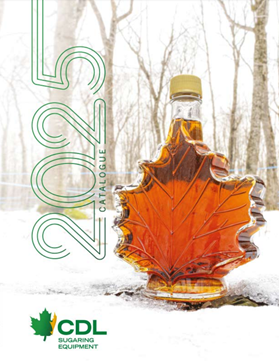Birch sap has been used since the dawn of time for its innumerable virtues. It is a real concentrate of well-being. This raw water is known to eliminate toxins and to ensure the proper functioning of the body. Nevertheless, birch sap requires a specific harvesting process to preserve its purity and properties. It is harvested at a specific time of the year.
How to choose the right time to harvest birch sap?
It is important to choose the right time to harvest birch sap. Indeed, it is possible that the sap becomes whitish instead of being transparent and pure. This may mean that the sap is already too far advanced to be harvested. In this case, it is no longer consumable.
The harvesting period for birch sap depends entirely on the region in question. Temperature differences can also play a role. You will get much more sap when the temperature difference between the days and nights is significant.
In addition to choosing the right time of year, it is also important to select the right birch tree. The birch can be easily distinguished by its light bark. In order to produce better sap, it is important that it is old enough, with a trunk of at least 30 cm in diameter. If you have a birch tree in your yard, you will have to wait until it is vigorous enough to collect the sap. This can also affect the amount of sap obtained. It is also preferable that the tree has a southern exposure.
It is also important to analyze the condition of the soil, since this is where the tree will draw the water to form the sap.
When should I harvest birch sap?
The reason why birch sap is so sought after and precious is that it is harvested at a specific time of the year. It must be collected at the very beginning of spring, when the frost is just beginning to melt. At this time, the tree wakes up from winter and starts to draw water from the ground again. This is when the buds are about to come out. As tradition dictates, birch sap should be harvested during the rising moon.
To put it simply, birch sap is usually harvested between the end of February and the beginning of March. This will depend on the end of winter and the thaw period. Generally speaking, the harvest can last from 3 to 4 weeks. At this time, we obtain a sap still limpid, translucent and without impurities. This explains its other name, birch water.
To collect the best quality sap, it is necessary to harvest just before the first leaves come out. Of course, the most important thing is to be attentive to the signs of nature.
The harvested sap can be perfectly preserved and consumed for several weeks.
